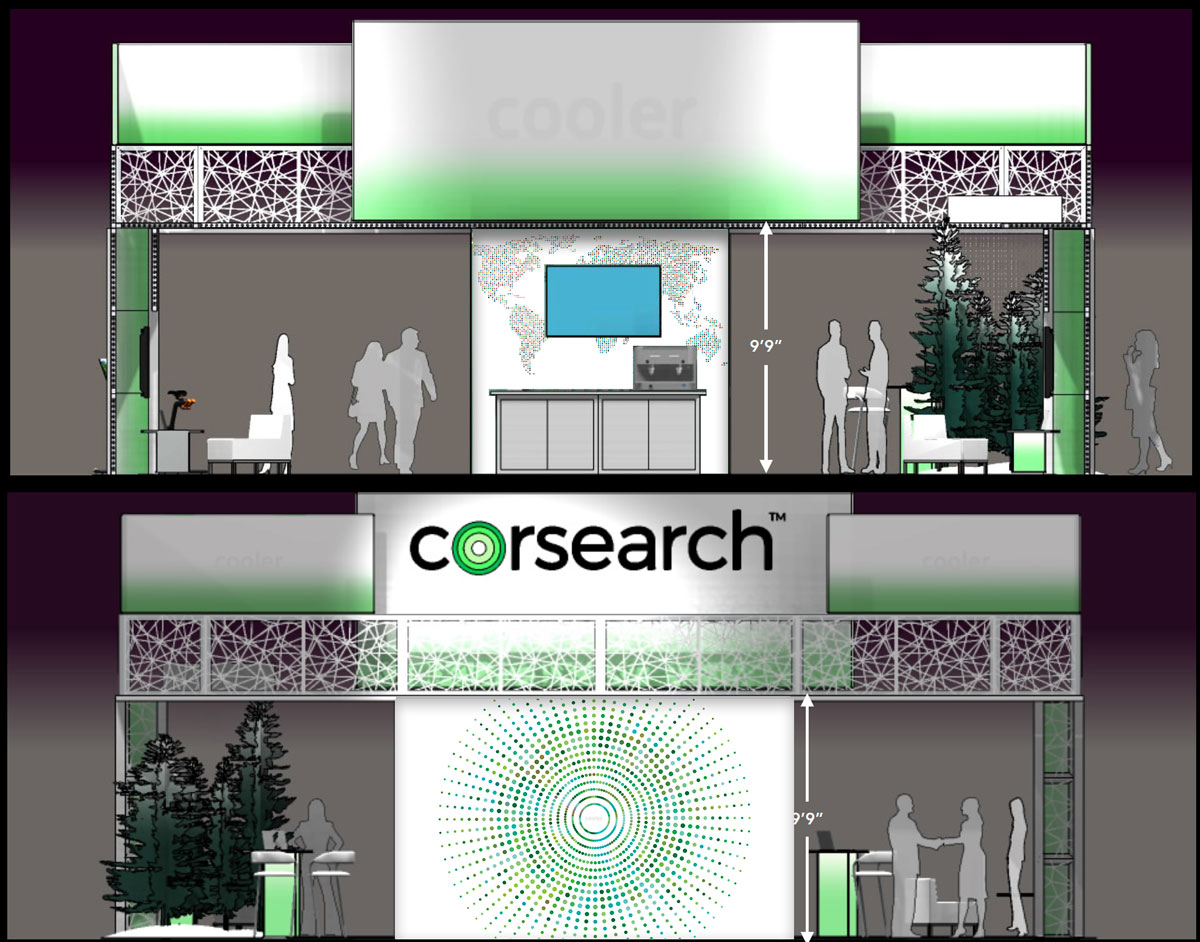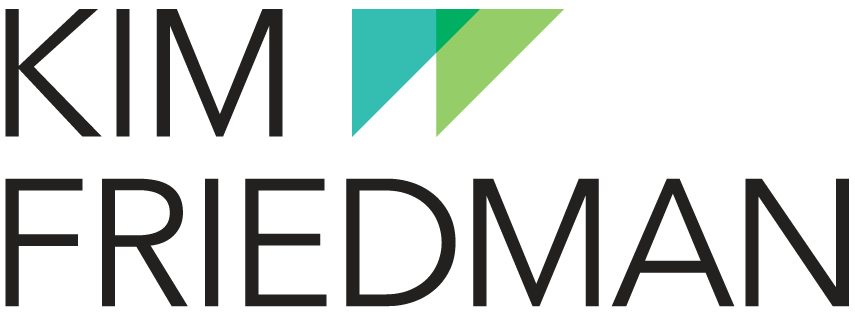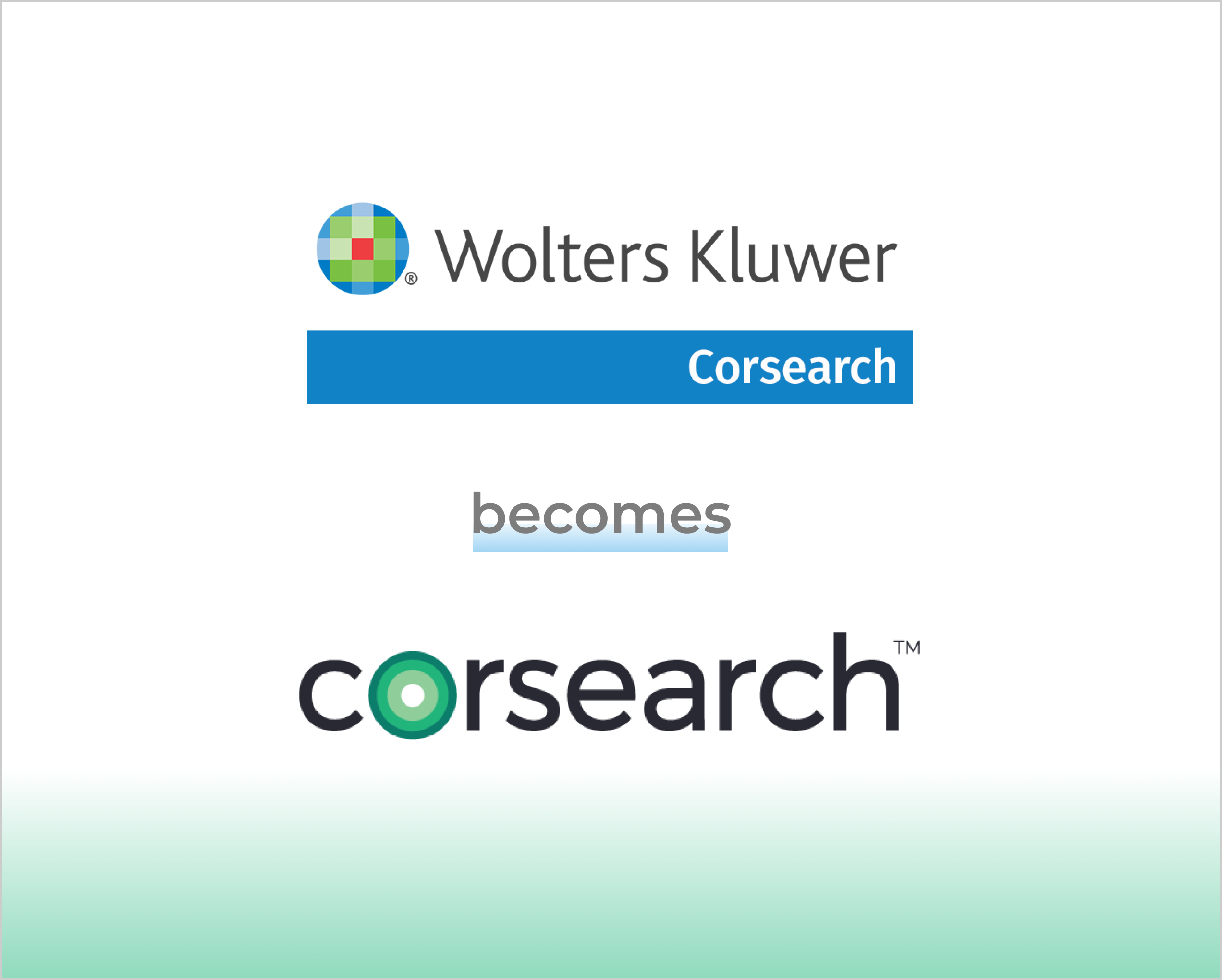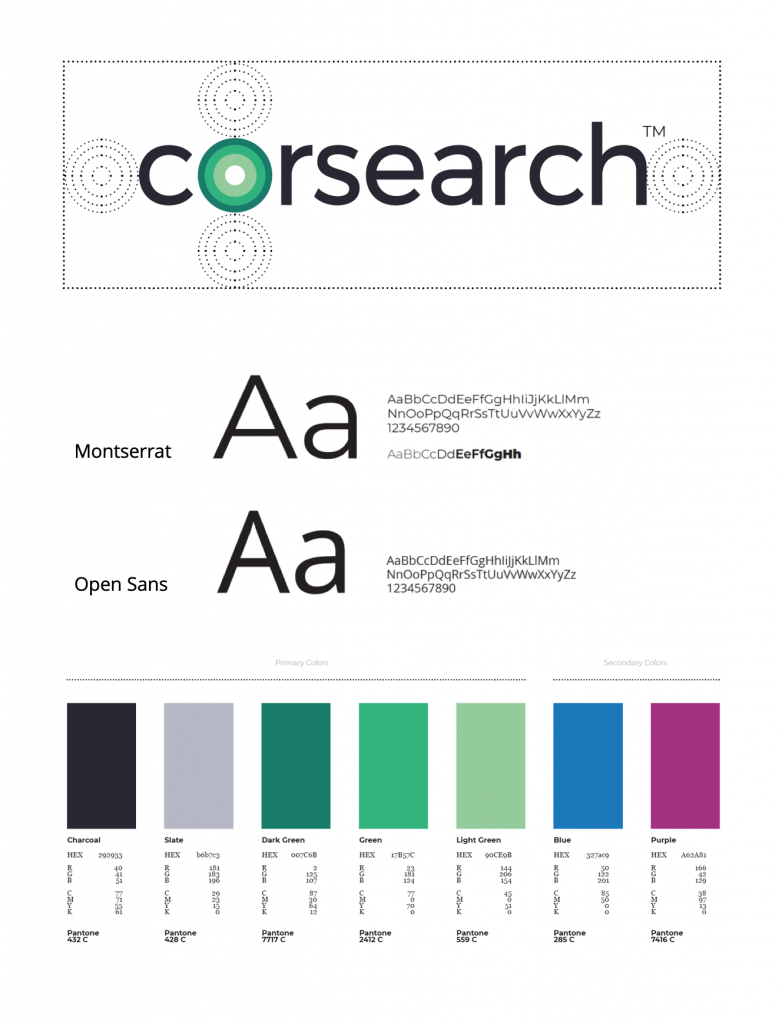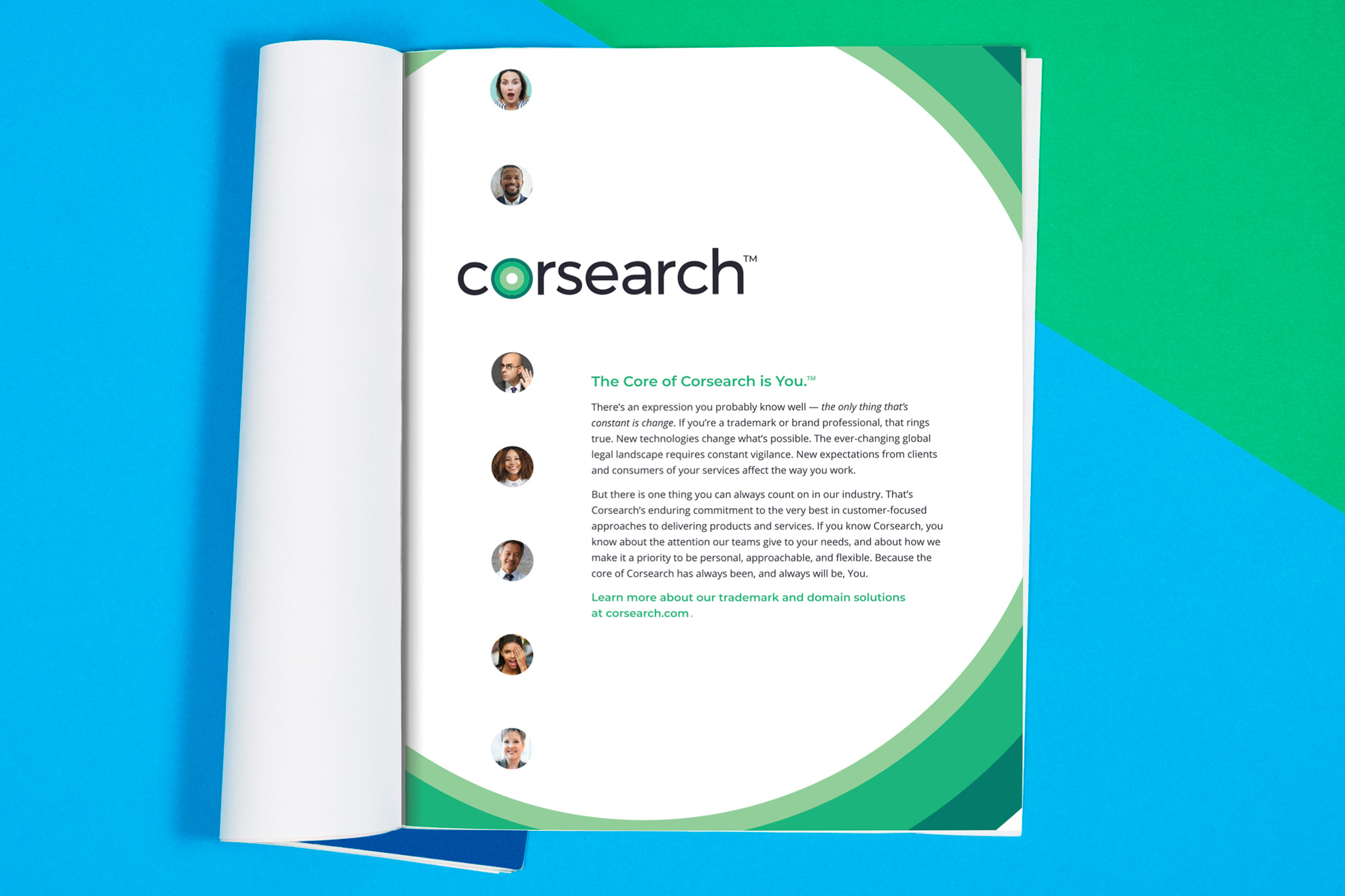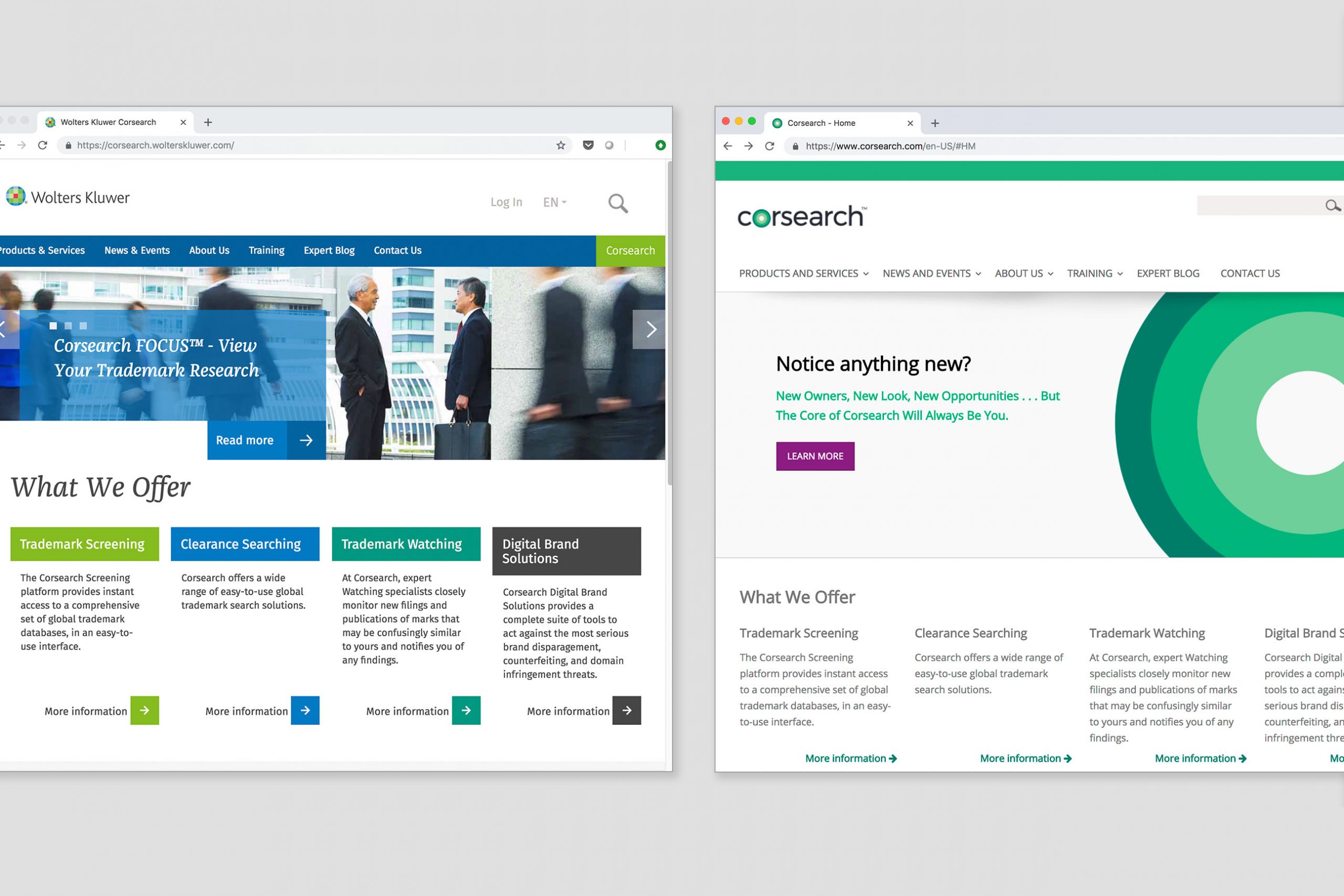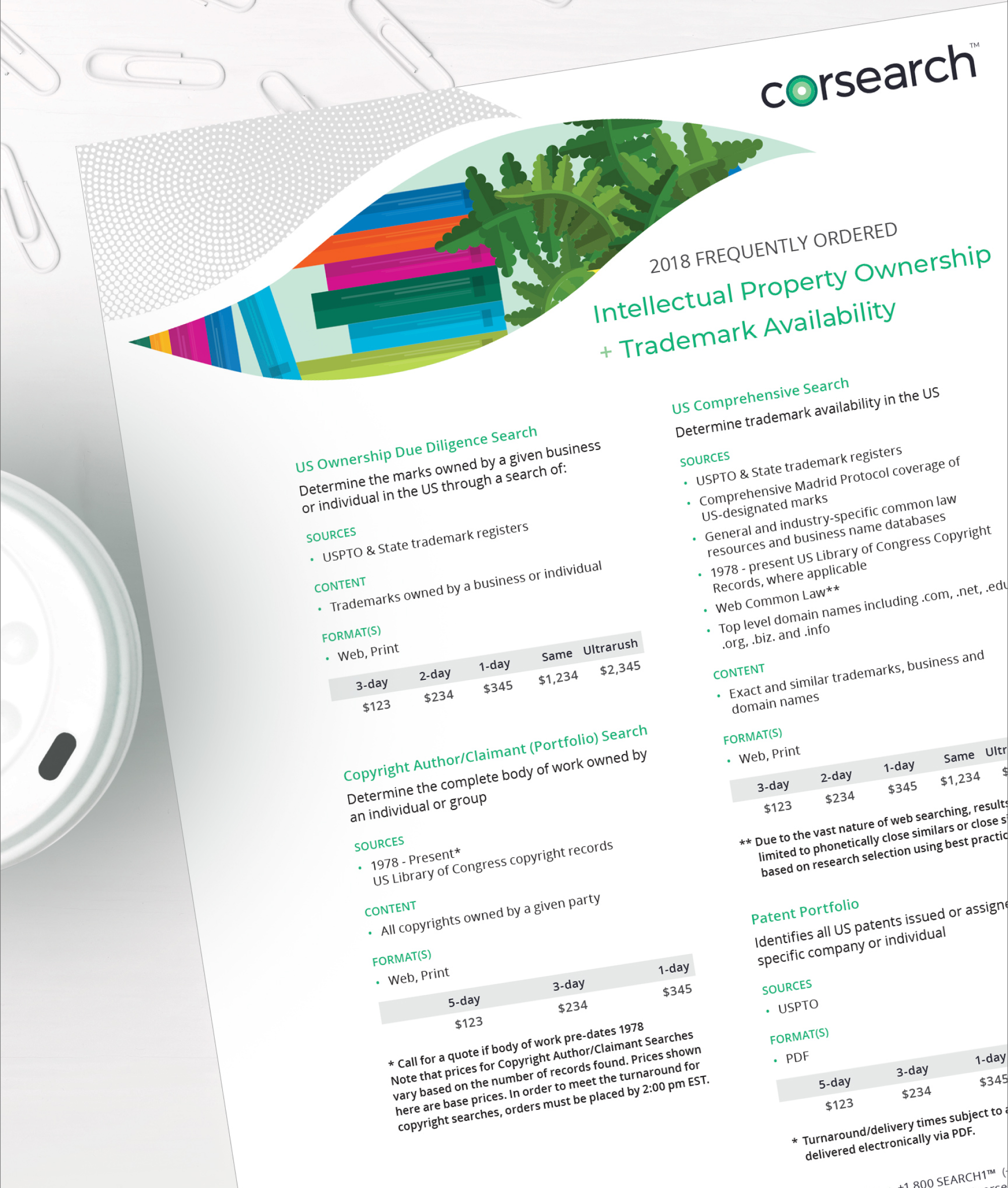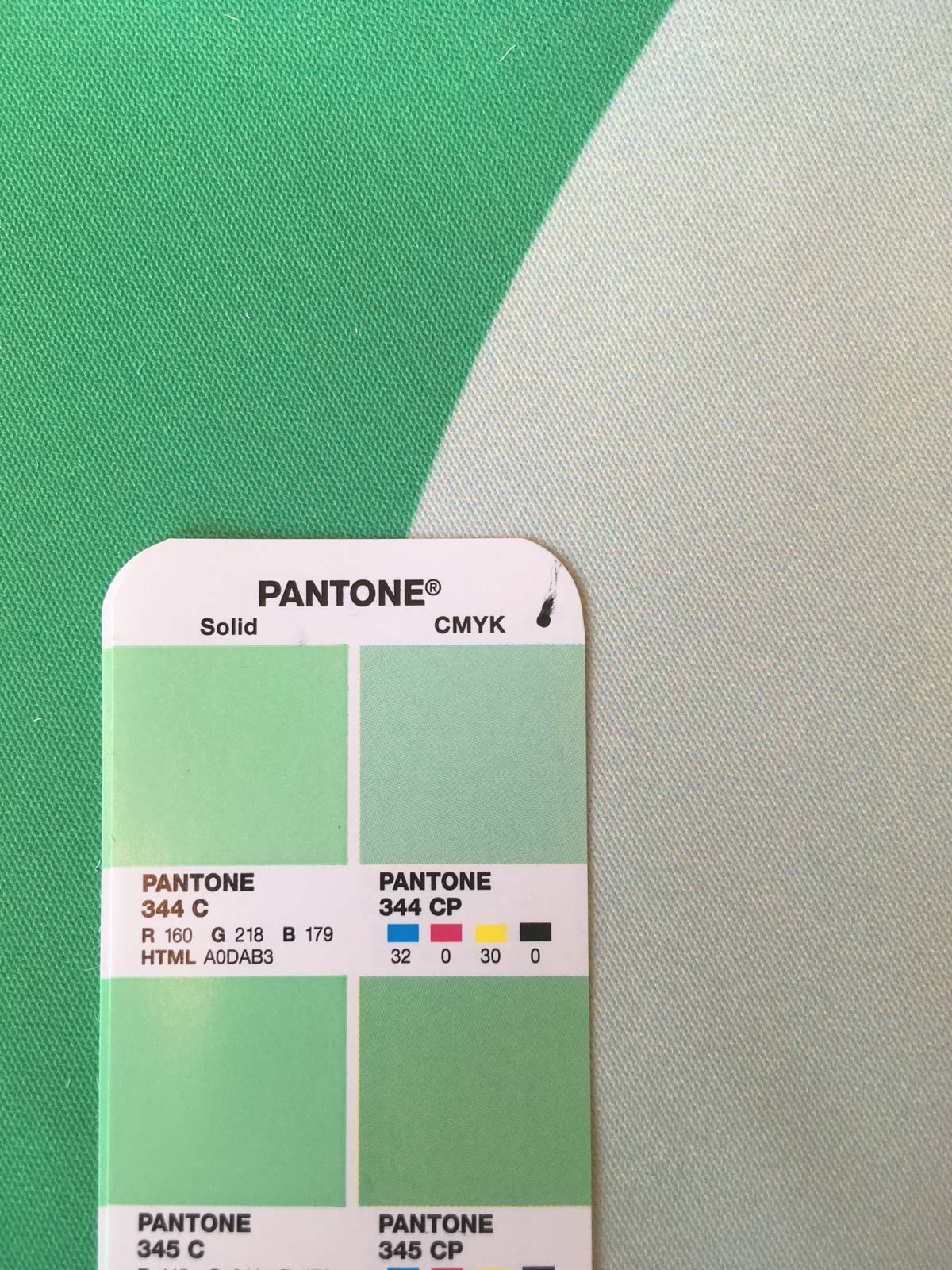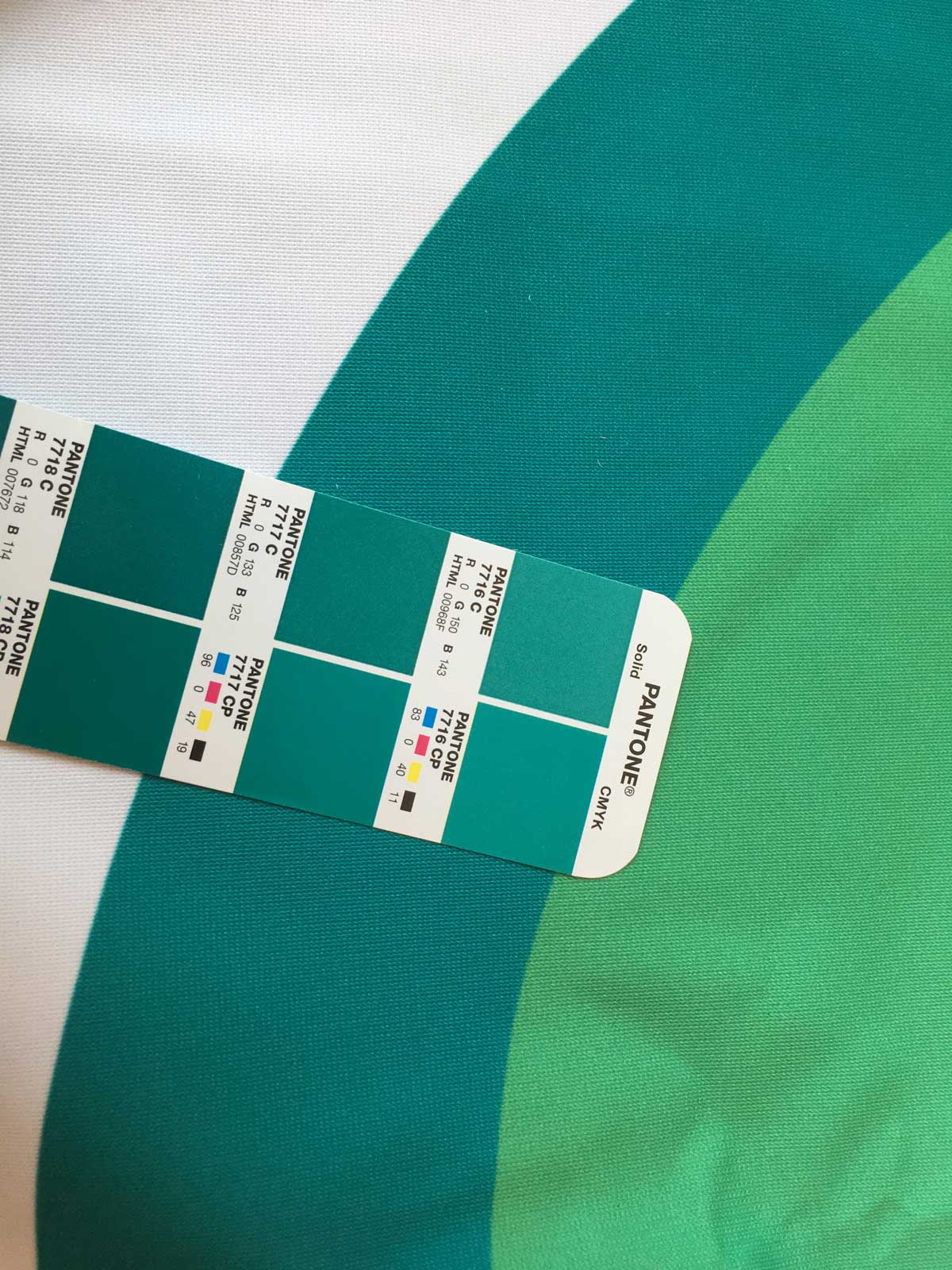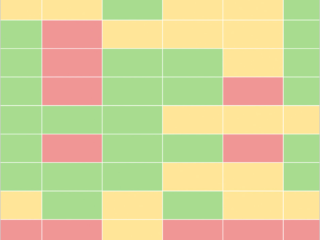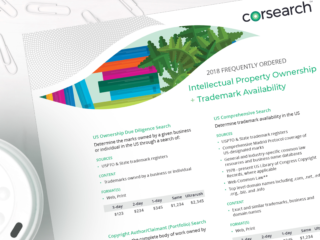The most comprehensive, largest-scale program I delivered and produced was managing a mid-sized company’s brand and marketing operations transformation during its sale from a global corporation.
When my company of 8 years was in the process of being sold, everything needed to change — from the most obvious public-facing assets like websites and social media, to complex marketing automation systems and the infrastructure behind them — to smaller physical materials like new business cards, promotional items, and signage. It all required coordination with internal and external communications and timing with milestones set by the previous owner, the new owner, and other stakeholders brought in to assist with the sale.
At the onset of the program, it felt like it would be impossible, but I ensured the program goals were accomplished on time and kept on budget even as requirements evolved. I collaborated cross-functionally with stakeholders across the company at all levels. I also designed many of the assets hands-on.
Every second counted in order to accomplish the changes to thousands of touch points in the time we had to launch. Even on a long flight home from a team meeting in Belgium, I worked to update the website content in French and German and changed logos on numerous marketing materials in InDesign.
Background
Corsearch, a global professional services firm with products and services for the legal industry (B2B enterprise software), was divested from information services corporation Wolters Kluwer in early 2018. In a timespan surrounding the sale, critical activities took place in order to transition and transform the brand. In addition, several offices moved — which added another layer of complexity to the program.
Objectives
- remove former brand from every asset and system
- define and launch new brand identity
- move website, migrate localized content into new templates
- manage communications timed with moving milestones
- reevaluate and scope marketing tools & infrastructure
- source, evaluate, and contract with new vendors
- track and report progress
- deliver usual planned work without disruption
Process
How do you rapidly update global information and the systems that manage it when the future state of the information is not yet defined?
To clearly define the problem, I used the Double Diamond process. This led to an understanding of the program — capturing the state of information on every asset as well as defining the effort, process, and timing for making changes.
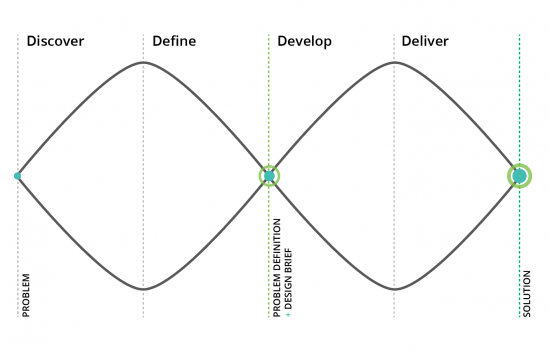
Discovery
The program was broken down to work streams in order to capture the requirements and scope for each and divide it into manageable parts with different groupings of stakeholders. This included a comprehensive audit.
Rapid transformation raises many questions
Where does our brand exist digitally + physically?
How can we assign a value to these assets in terms of % complete?
How many of the assets are outside of / within our control?
How do we handle outside partners that have co-branded information?
Who do we think we are?
Can we keep vendors who are charging us enterprise pricing?
How do we find long-lost content?
Who are the stakeholders in this program?
Who is on the ground in other locations that can assist with scoping and producing signage?
How are we going to handle a project of this scale with a limited budget?
Who do our clients and prospects think we are?
Who is responsible for making edits to our assets?
What from our existing brand do we want to keep v eliminate? Why?
How many phases do we need to go through to fully update it all?
How are we going to handle a project of this scale in such a short amount of time?
How can we quickly find new vendors that suit our new needs as a smaller business?
Who does our Advisory Board think we are?
Are there dependencies that would prevent us from being able to fully rebrand?
Where does information need to change?
If an office moves, what needs to change?
Can we automate any of this process?
How much time does it take to implement each type of change to a system?
What are the weights of stakeholder opinions?
What’s the best way to quickly migrate and change the look of a website?
Problem Definition
- Everything needs to change. Define “everything” and “by whom/where/when/how”
- Everything needs to change to something new. Define “new”
For the brand:
While problem 1, the asset auditing track was underway, we worked on problem 2 by conducting brand research to evolve our brand pillars and values.
Some of the methods used were:
- comparative/competitive analysis
- ranking traits
- asking teams to define brands they admire and why
The outcome — the brand needed to say, “newly independent” and look and feel more modern, forward-thinking, and bolder, but continue to convey customer-centricity at its core.
For marketing operations:
We needed to define migration plans for systems, domains, and contracts with all the parties involved.
Because we were no longer an enterprise, we worked with our existing vendors to determine whether we could continue relationships and transfer contracts or evaluate and purchase new systems that were a better fit.
Some of the activities were:
- comparative analysis of tools, features, and costs
- rapidly engaging with vendors through sales processes
- finding systems that were close in parity with what we already had
- ensuring contracts wouldn’t lock us in for too long — in case our needs evolved quickly
The outcome — we needed to find a new website CMS and migrate the site, but we were able to keep our marketing automation system because of a decision made to not fully migrate to an enterprise system 9 months before. Thankfully the system we already had was right-sized for our newly independent company.
Development + Delivery
The 4 phases of brand transformation:
1
comprehensive brand audit
identification of information dependencies
identification of stakeholders and their responsibilities
assess time and process needed to implement change
2
removal of former logo/name
replacement with temporary word mark (with hard deadline as defined in TSA)
development of new corporate identity
3
launch of new brand identity across public and most frequently used assets — coordinated with communications
4
continued development and rollout of new templates and assets
physical launch at annual trade show
The 4 phases of marketing operations transformation:
1
conduct discovery work to define work streams
identify stakeholders and their responsibilities
define overarching project deliverables, their budgets and deadlines (counting backwards from hard deadline)
2
evaluate systems and processes to inform SOW
search for, evaluate, and select vendors + consultants
work with former and future company to capture requirements
3
contract with vendors + oversee their work
continue to work with former company — particularly their IT and marketing teams to determine plans for systems transformation (domain transfer became the key dependency)
4
launch the new website, timed with messaging to staff, industry, and public
Outcome
The transformation appeared seamless to the public, our clients, and our industry.
The timeline and budget were met, starting with the timed PR announcement, website, and social media presence brand changing on the day of the sale to the temporary brand. Shortly thereafter, the new brand identity was ready, and we were able to apply it to all digital and print assets and launch a new website. The in-person launch was at the industry’s largest trade show in Spring 2018.
Processes were put in place to save time and effort for future initiatives.
In May 2020, Corsearch rebranded again.
Takeaways
Audit your brand when it’s not urgent and automate as much as you can
- The best time to conduct a brand audit is during a non-critical time.
- Utilizing a Digital Asset Management (DAM) system is recommended in order to manage and maintain brand assets and company information, as well as automate as much of the process as possible. Imagine being able to update a logo everywhere at once because it’s linked to a single source.
After performing comparative analysis research on popular DAM platforms (most recently in January 2020), I’m happy to consult on them.
A long-form case study of this project is available for presentation.
“Kim Friedman was an outstanding contributor to both our product planning and our marketing execution at Wolters Kluwer | Corsearch. During the time I was VP of Strategic Marketing, Kim served in several key roles within the organization. Her keen eye, creative hubris, and attention to detail made her a star in planning and executing our market development, but increasingly during my time there, Kim’s acumen in contextual design and workflow analysis led to our constantly tapping her to storyboard and develop user experience on key products.”
“Kim is a creative and hard working marketing professional who I worked with for close to a decade. Kim handled a multitude of projects for our company and always delivered high quality work which was in synch with our company strategy and vision. Kim is a great team player and is also very comfortable in working independently. I’ve watched Kim also work under tight deadlines and she was always willing to make an extra effort to get the task at hand completed. Kim’s graphic design work is exceptional and her creative instincts in taking complex information and making it simple to understand is a skill set that not many people have.”
BEFORE: Marketing collateral I designed within Wolters Kluwer brand guidelines 2012-2017

AFTER: Corsearch new look launched at INTA Annual Meeting 2018, Seattle
I managed the exhibit design and designed everything else shown directly.

Hands-on design and production management
(everything but the logo)

The new brand: The Core of Corsearch is You.™
The brand look shifted from a mostly blue, corporate look with stock imagery of legal professionals doing their work to a minimalist green and white motif — focused on a bold, modern core. This element conveys a strong, differentiating (but still customer-centric) presence. Here’s the launch of the new brand in an ad campaign in the industry’s leading publication, World Trademark Review.
Brand Patterns (selected for scalability, focus on “core” concept, modern dynamic look, and recolored to match our palette)



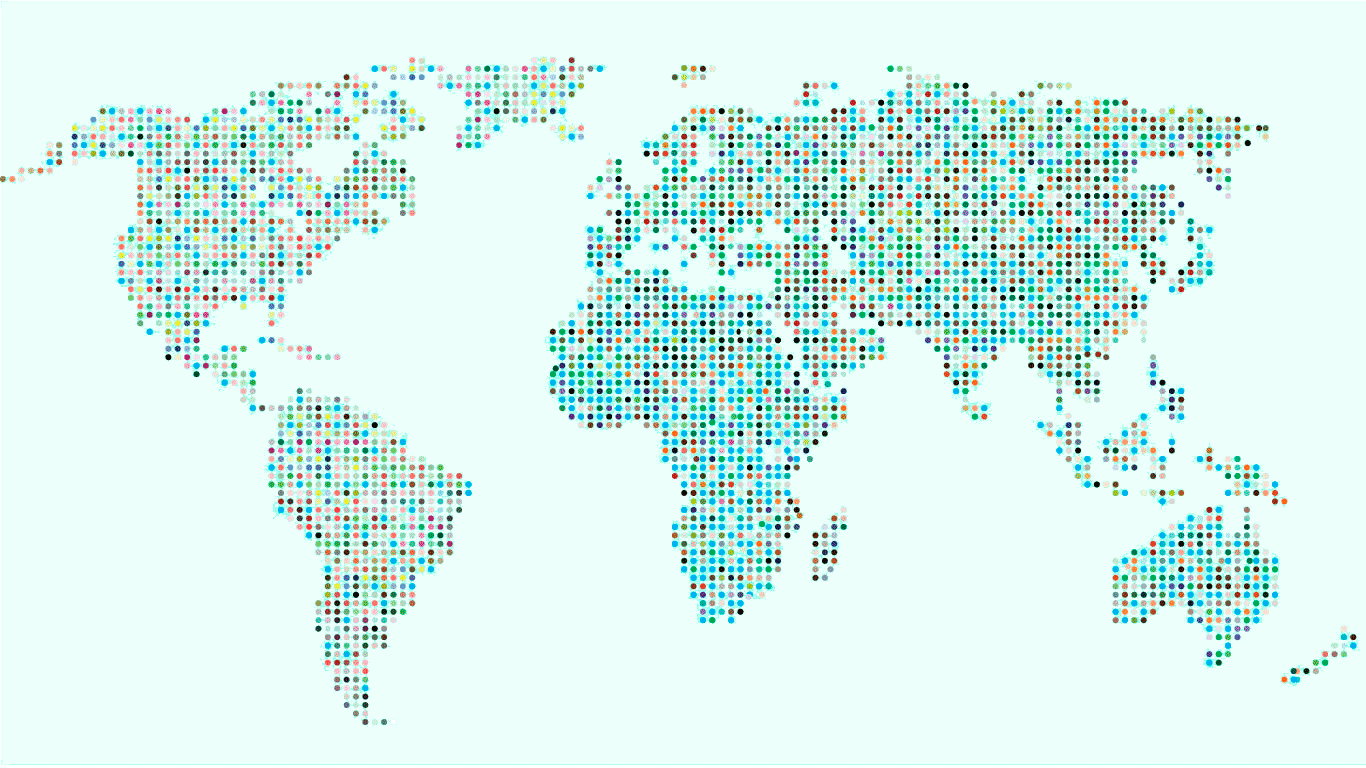
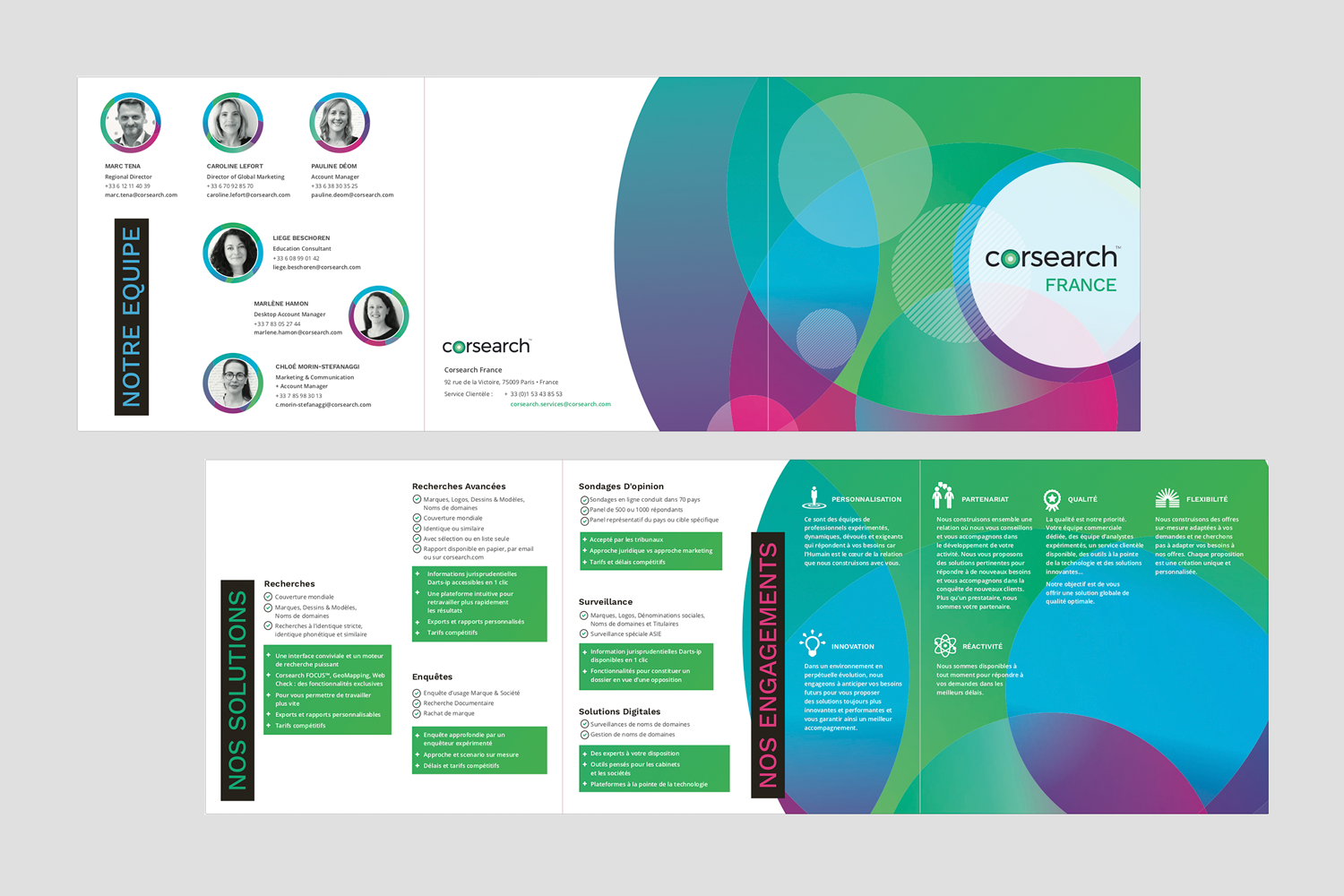
Trade Show Exhibit for INTA Annual Meeting 2018 in Seattle, Structure Design by CenterPoint Marketing

